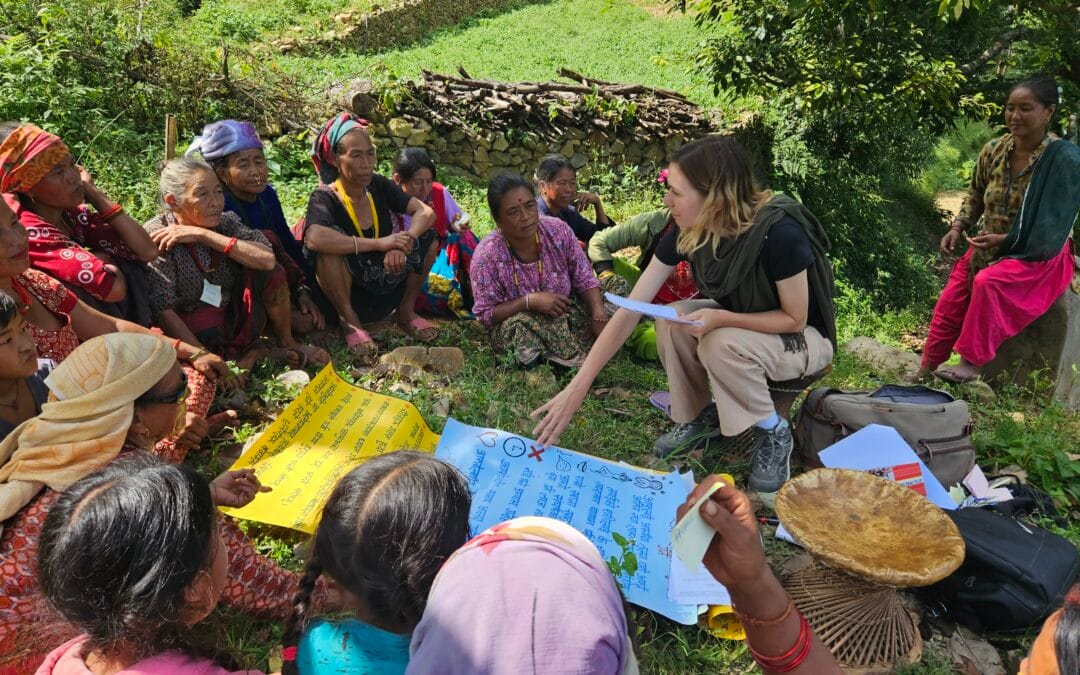What is Sustainable Development?
Sustainable development is defined as “development that meets the needs of the present without compromising the ability of future generations to meet their own needs.” This guiding principle has become central in addressing the global challenges we face today. The concept of sustainable development is structured around three key pillars: economic growth, social inclusion, and environmental protection. These elements are interdependent and must be balanced to achieve genuine sustainability. When implementing sustainable development strategies, governments, organizations, and individuals must align their actions with these three interconnected dimensions.
Why Sustainable Development Matters
Sustainable development is not merely an environmental or ecological concept; it is an integrated approach that requires cohesive action across all sectors of society. The goal is to foster a model of progress that supports economic prosperity, ensures social equity, and preserves the planet for future generations. The United Nations solidified this vision through the adoption of the 2030 Agenda for Sustainable Development in 2015. This agenda includes 17 Sustainable Development Goals (SDGs) aimed at eradicating poverty, safeguarding the environment, and promoting prosperity worldwide. It acts as a comprehensive roadmap for countries to structure their policies and mobilize resources toward a sustainable future.
Global and Local Responsibilities
In the face of escalating global issues such as climate change, biodiversity loss, resource depletion, and rising inequality, sustainable development has become more urgent than ever. Addressing these issues requires a collective effort involving governments, businesses, civil society, and individual citizens. Each stakeholder has a vital role to play: governments must craft and enforce responsible policies, businesses should integrate ethical and sustainable practices into their operations, and individuals can make a difference by adopting eco-conscious lifestyles and supporting sustainability-oriented initiatives.
The Role of Education in Sustainability
Education plays a foundational role in advancing sustainable development. By raising awareness and promoting understanding of environmental and social issues, education empowers individuals to participate in creating positive change. Schools, communities, and media platforms can serve as key channels for delivering sustainability education. Through behavioral change—such as reducing waste, conserving energy, and practicing responsible consumption—citizens contribute directly to the transformation needed for a sustainable world.
Sustainable Development in Nepal: Challenges and Context
In the context of Nepal, sustainable development is a particularly complex challenge. Nepal is a landlocked country situated in the Himalayas, characterized by rich biodiversity, cultural diversity, and fragile ecosystems. Despite its vibrant natural and cultural heritage, Nepal faces significant socio-economic and environmental obstacles. However, the country has demonstrated a commitment to aligning with the SDGs and integrating them into national development plans.
Nepal grapples with environmental issues such as air and water pollution, deforestation, and vulnerability to natural disasters like earthquakes and floods. The capital city, Kathmandu, experiences chronic pollution, while waste management remains a persistent issue across urban and rural areas. Although some measures have been introduced, the effectiveness and reach of these actions vary considerably.
Current Initiatives and Progress
Several initiatives reflect Nepal’s ongoing efforts to advance sustainable development:
- The World Food Programme (WFP) has developed strategic plans focused on improving food security and nutrition, particularly in rural and marginalized communities.
- Post-earthquake reconstruction projects have led to the construction of resilient and inclusive infrastructure, including 27 inclusive school buildings and the rebuilding of 23,000 households in Nuwakot district.
- The government has pledged to reduce methane emissions by at least 30% by 2030, aligning with international climate commitments.
- Environmental education initiatives such as the “Let’s Protect Our Planet” program aim to raise awareness in schools, villages, and local communities about ecological responsibility and sustainable practices, including waste management.
Persistent Challenges and Barriers
Despite these commendable efforts, Nepal continues to face formidable barriers. The nation’s limited financial capacity restricts investment in sustainable infrastructure and services. Moreover, political instability and administrative inefficiencies often hinder the implementation of comprehensive public policies. Rapid and unplanned urbanization further exacerbates environmental degradation, including increasing pollution levels and unmanaged waste.
Nepal’s geographical vulnerability also poses unique challenges. Frequent natural disasters like earthquakes not only cause loss of life and infrastructure damage but also disrupt ongoing development activities. In such a context, building resilience and disaster-preparedness into development planning becomes critical.
Pathways to a Sustainable Future
To move from ambition to reality, Nepal must focus on several key priorities. Strengthening institutional capacity is essential to improve governance and policy coordination. Diversifying the economy—by investing in green energy, sustainable agriculture, and ecotourism—can create new opportunities while preserving the environment. Moreover, efficient natural resource management is critical, especially in sectors such as forestry, water, and land use.
Local participation and grassroots engagement will also be crucial. Empowering local communities through decentralized decision-making and supporting community-led initiatives can ensure that development projects are more inclusive and contextually appropriate. Furthermore, international cooperation, financial support, and technology transfer from development partners will play a vital role in helping Nepal achieve its sustainability goals.
Conclusion
In conclusion, while Nepal faces considerable hurdles on its path toward sustainable development, the country’s ongoing initiatives and aspirations are promising. By embracing a holistic, inclusive, and collaborative approach, Nepal can navigate the difficult journey from vision to implementation. With sustained commitment and collective action, the dream of a more sustainable and equitable Nepal is within reach.
References
- https://www.insee.fr/fr/metadonnees/definition/c1644
- https://geoconfluences.ens-lyon.fr/glossaire/developpement-durable
- https://sdgs.un.org/partnerships
Articles written by volunteer
We’d Love to Hear from You – Reach Out to Us!

